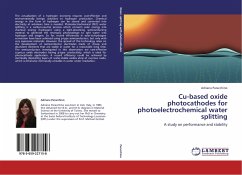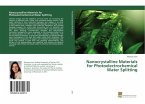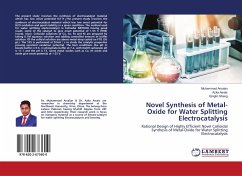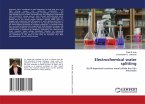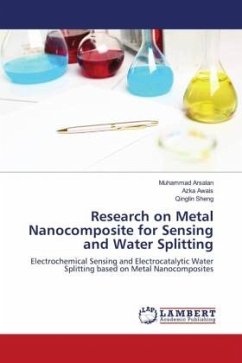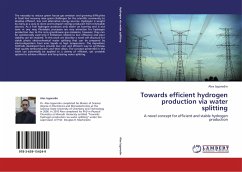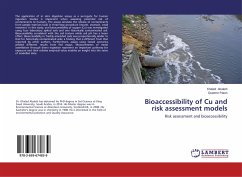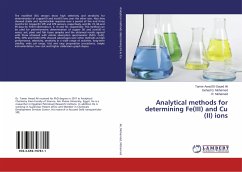The actualization of a hydrogen economy requires cost-effective and environmentally benign solutions to hydrogen production. Chemical energy in the form of hydrogen can be stored and converted into electricity at whatever time is needed. Photoelectrochemical (PEC) water splitting is a carbon-neutral process which converts solar energy into chemical energy (hydrogen) using a light-absorbing semiconducting material to generate the necessary photovoltage to split water into hydrogen and oxygen. So far, record efficiencies in solar-to-hydrogen conversion have been achieved using p-type semiconductors, but only with very expensive materials. However, the spread of this technology relies on the development of semiconductor electrodes made of cheap and abundant elements that are stable in water for a reasonable long time. The semiconductors investigated in this dissertation are cost-effective cuprous oxide electrodes having p-type conductivity, which is ideal for photocathode application. A record efficiency could be achieved by atomically depositing layers of water-stable oxides atop of cuprous oxide, which is otherwise intrinsically unstable in water under irradiation.
Bitte wählen Sie Ihr Anliegen aus.
Rechnungen
Retourenschein anfordern
Bestellstatus
Storno

